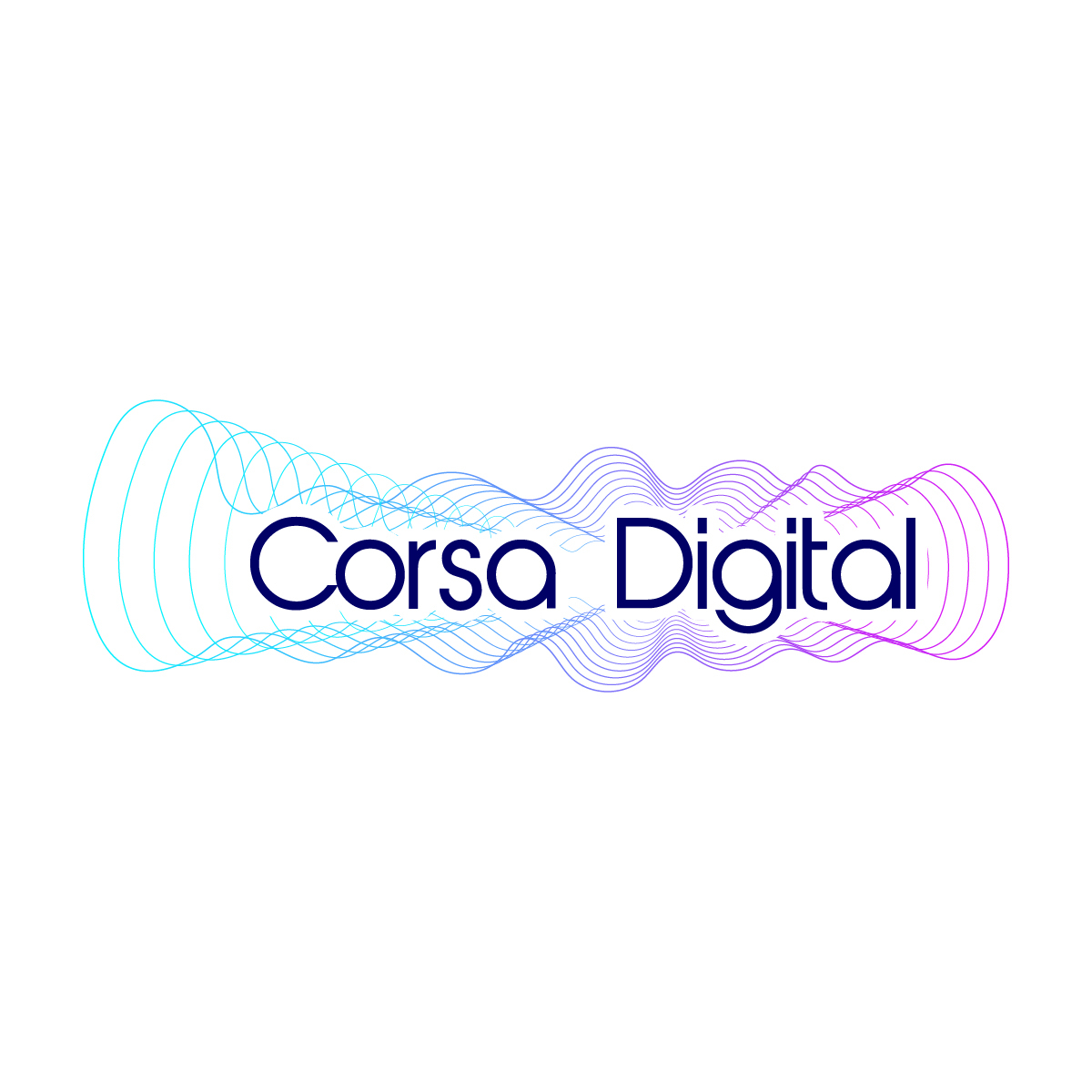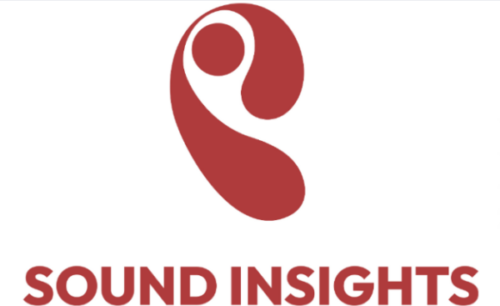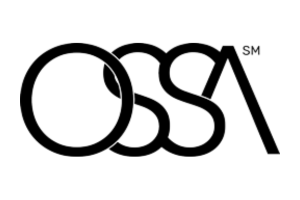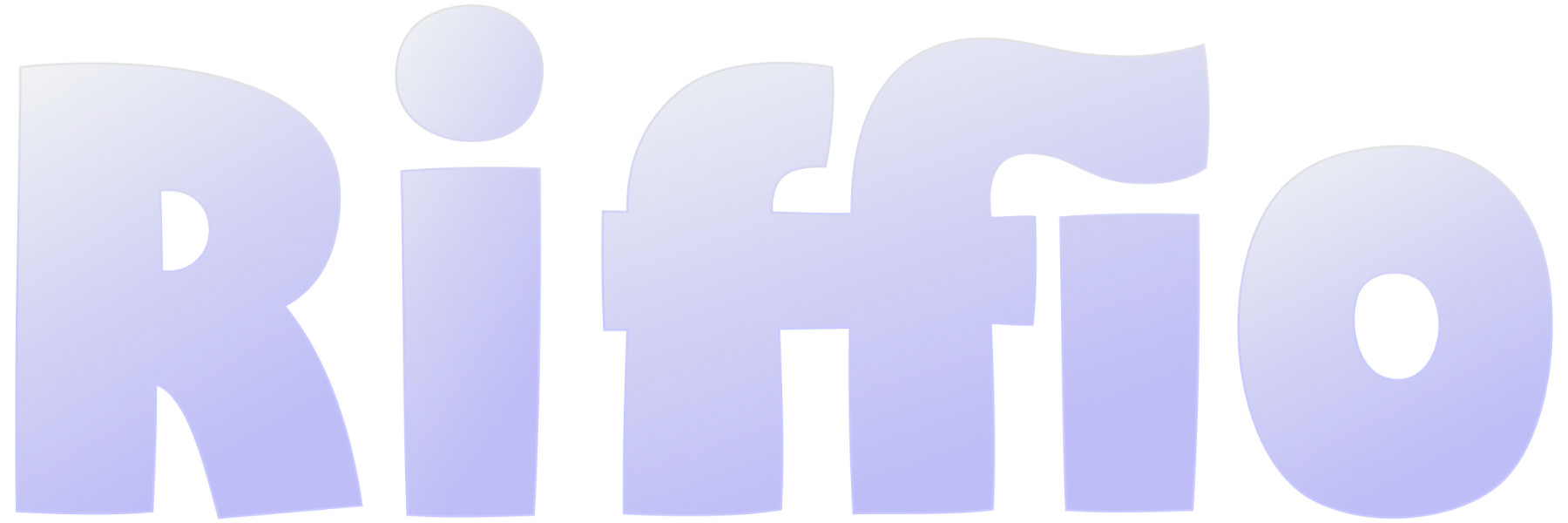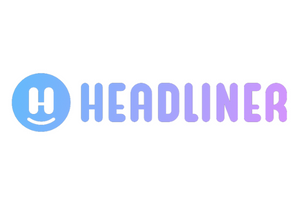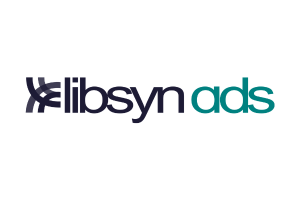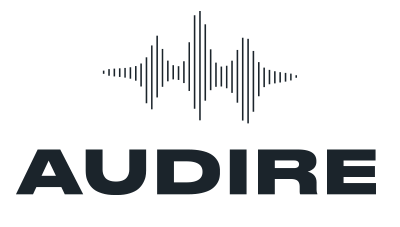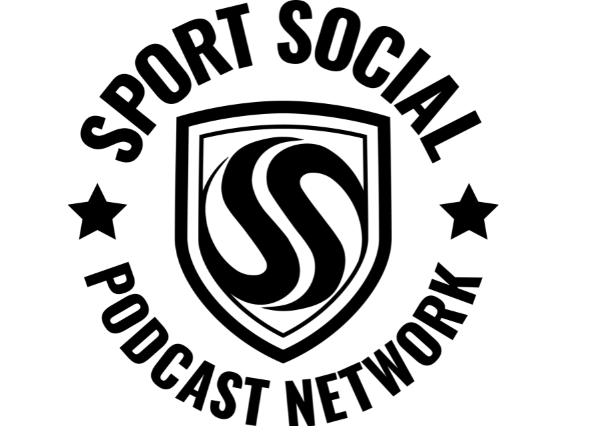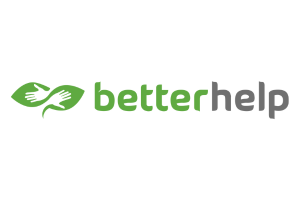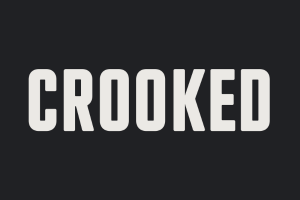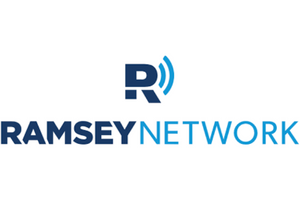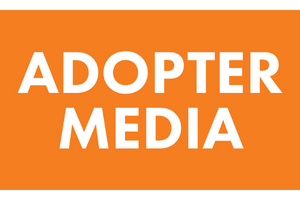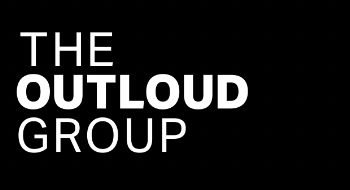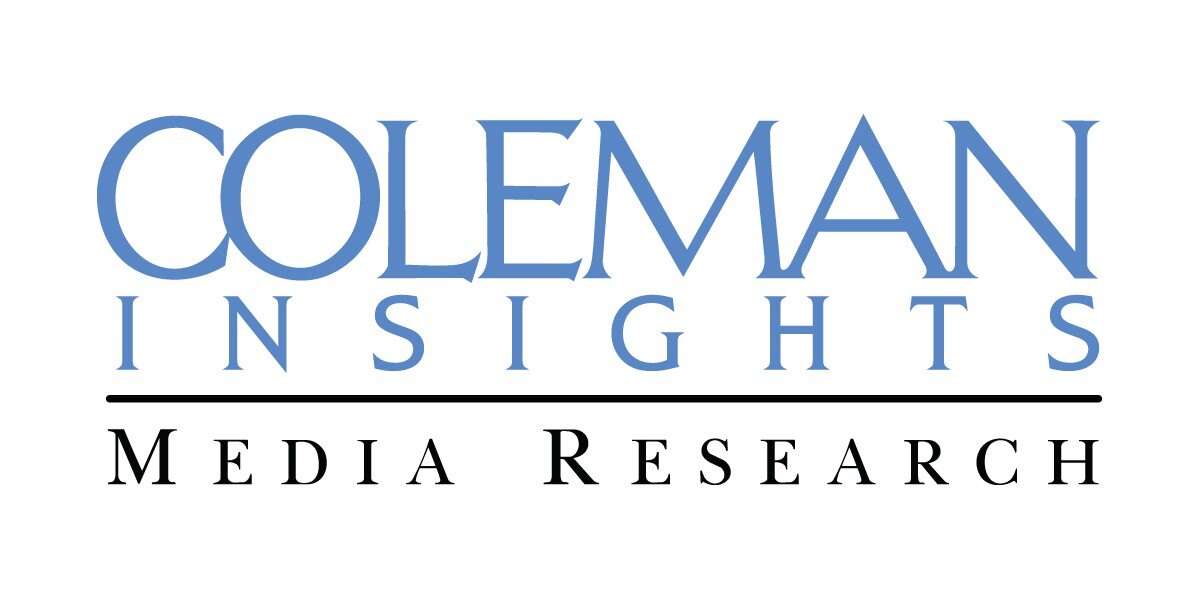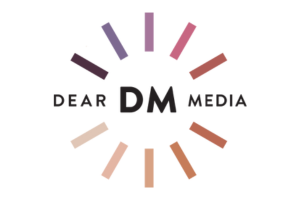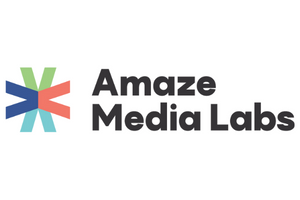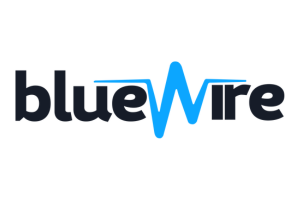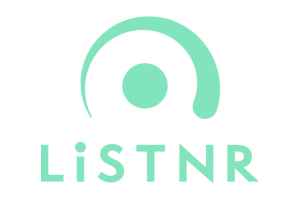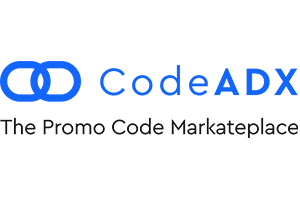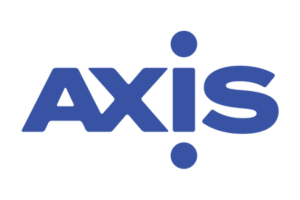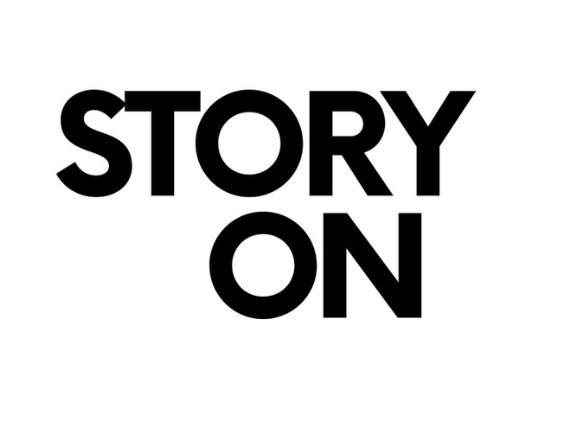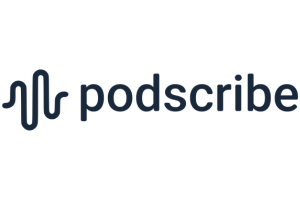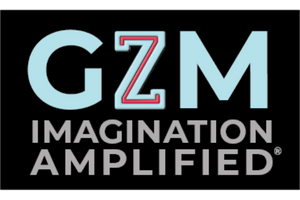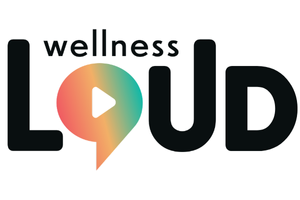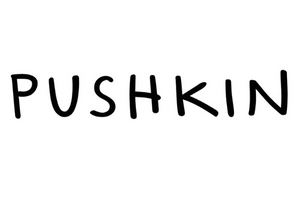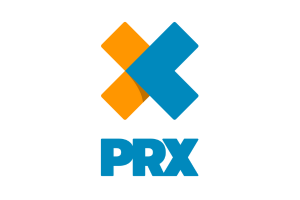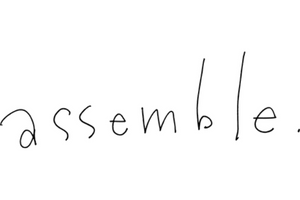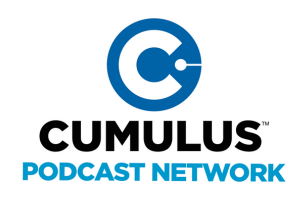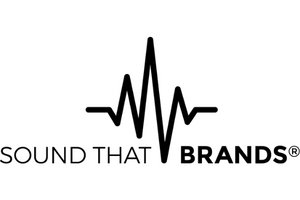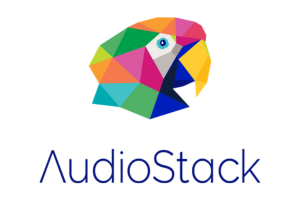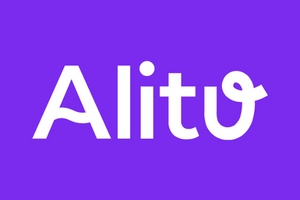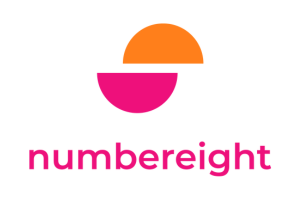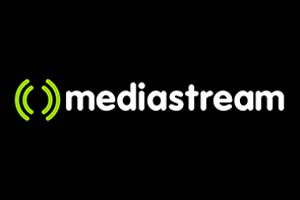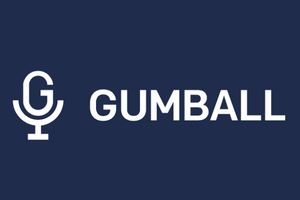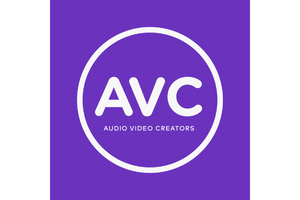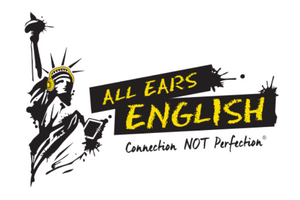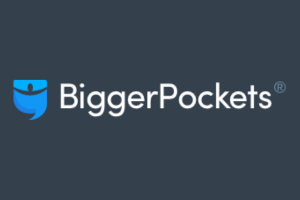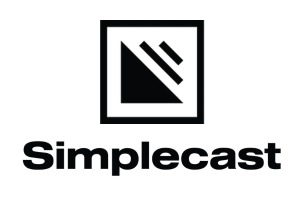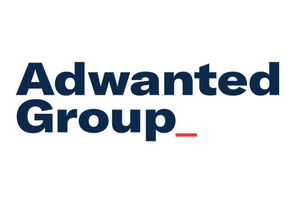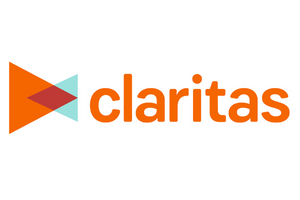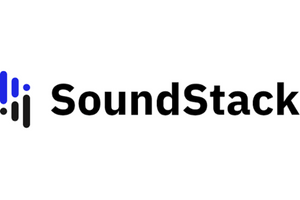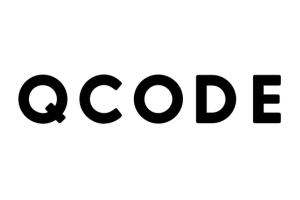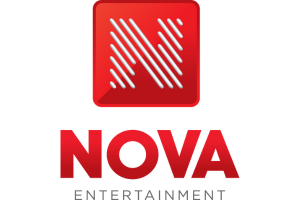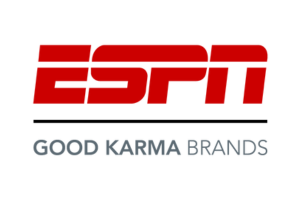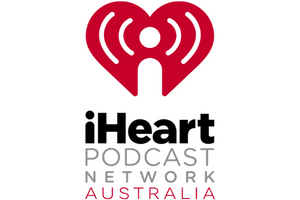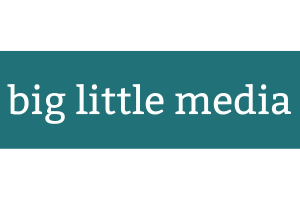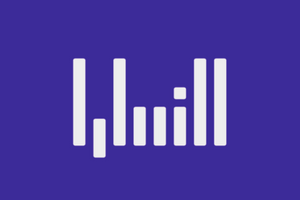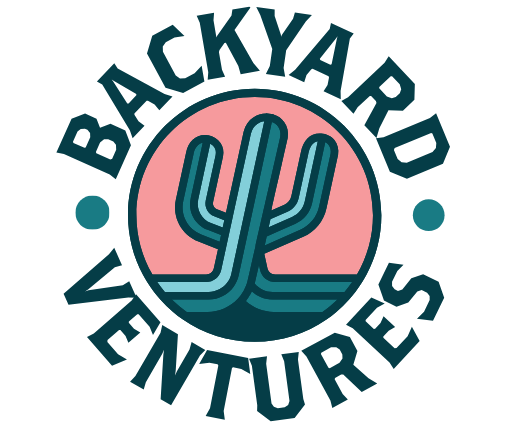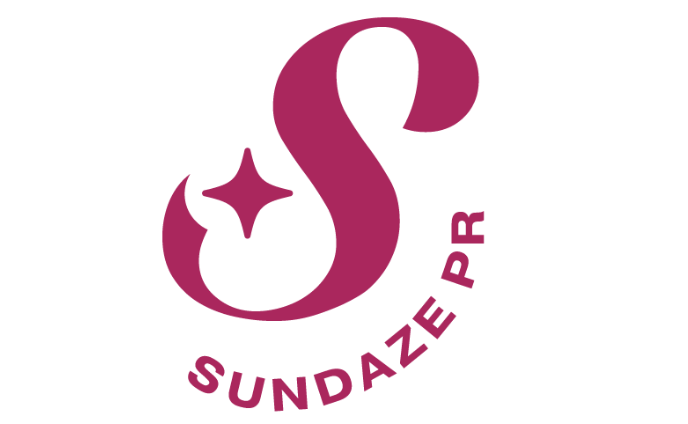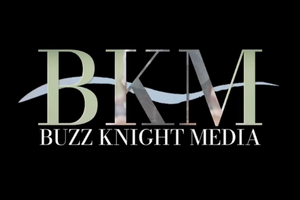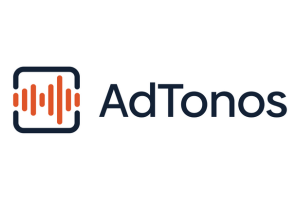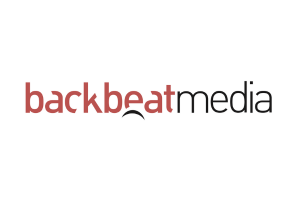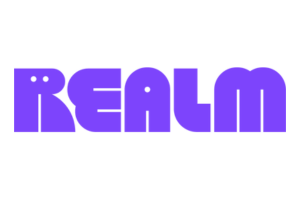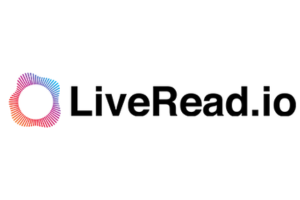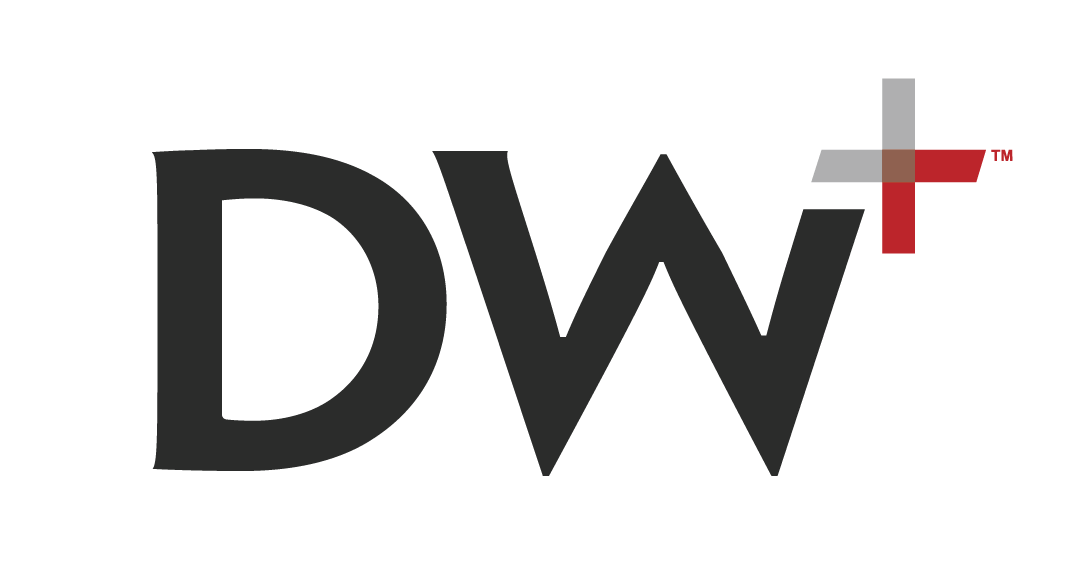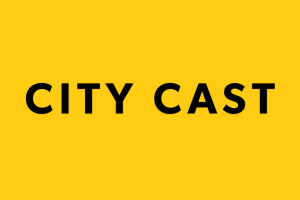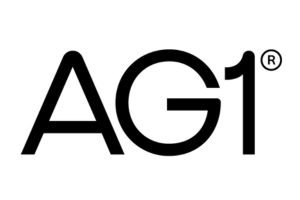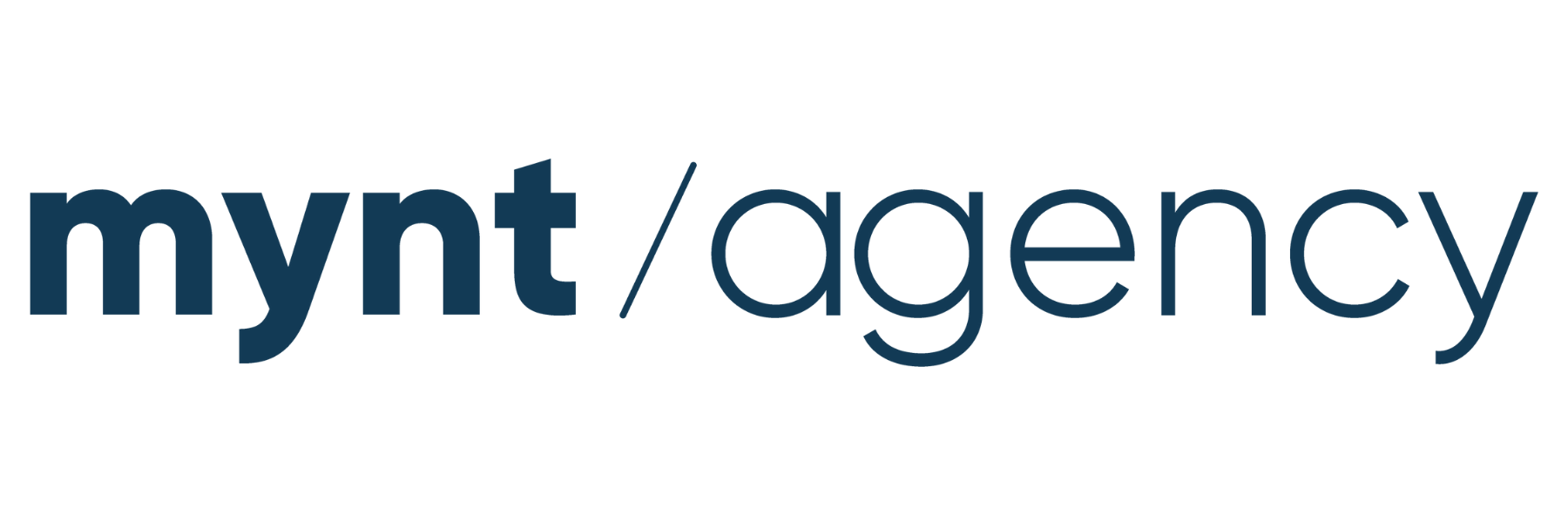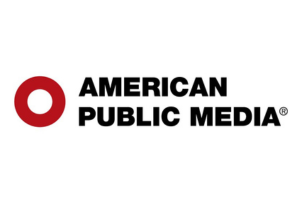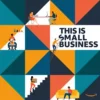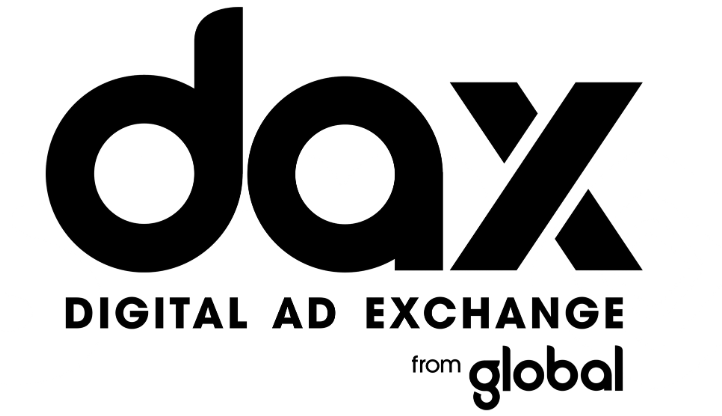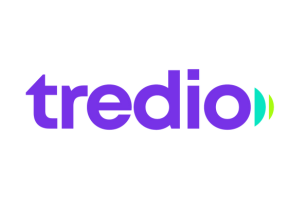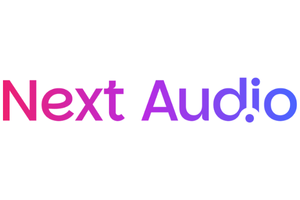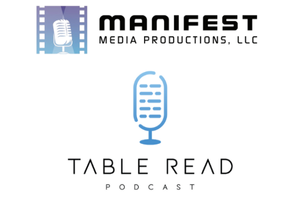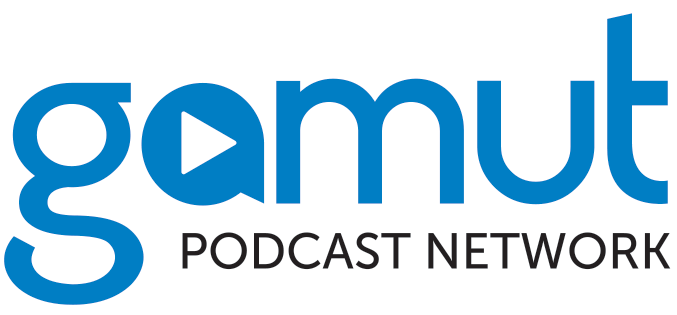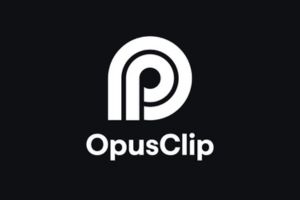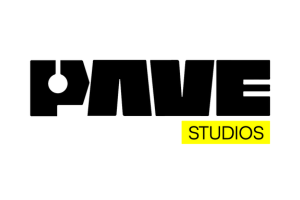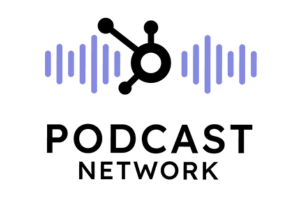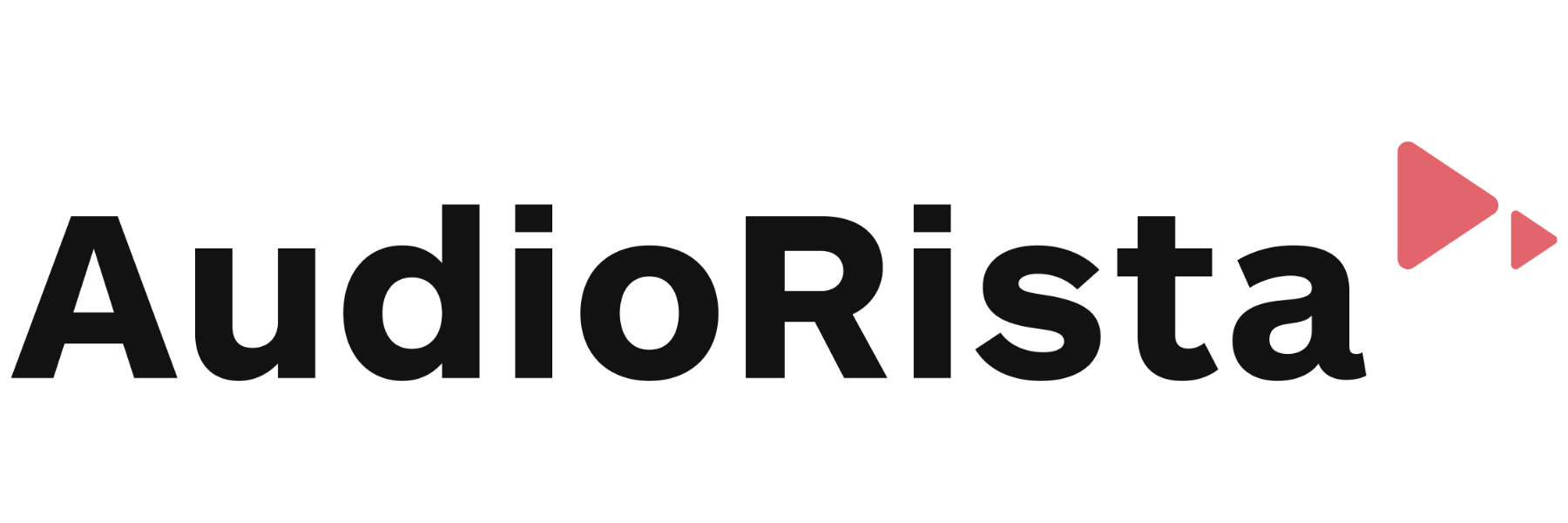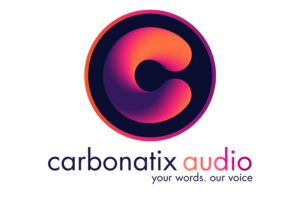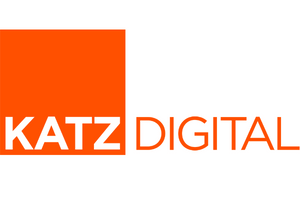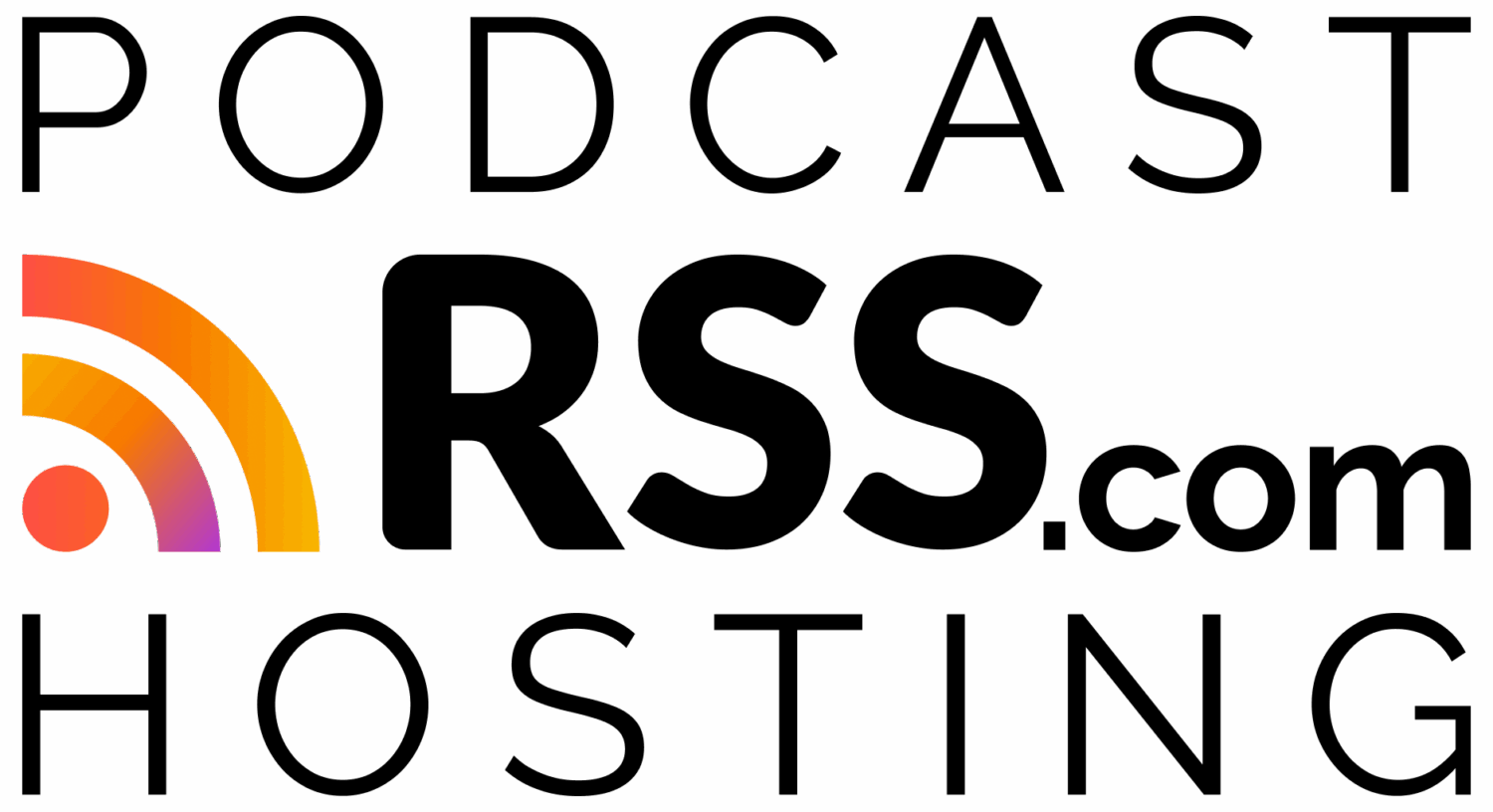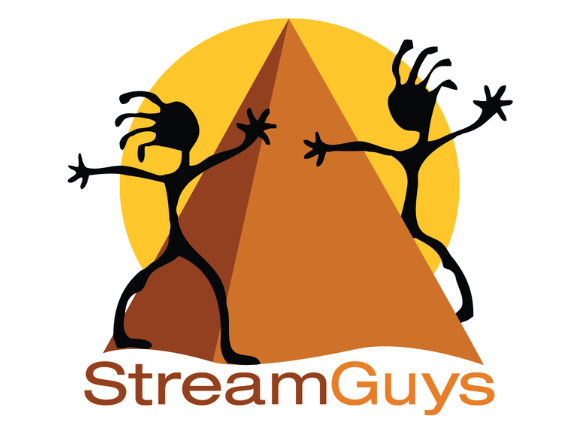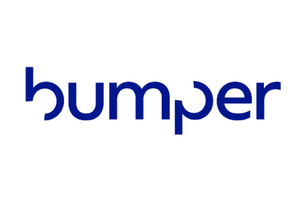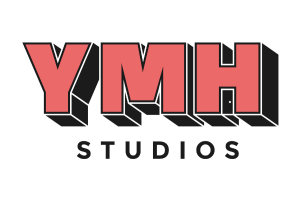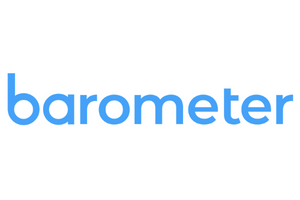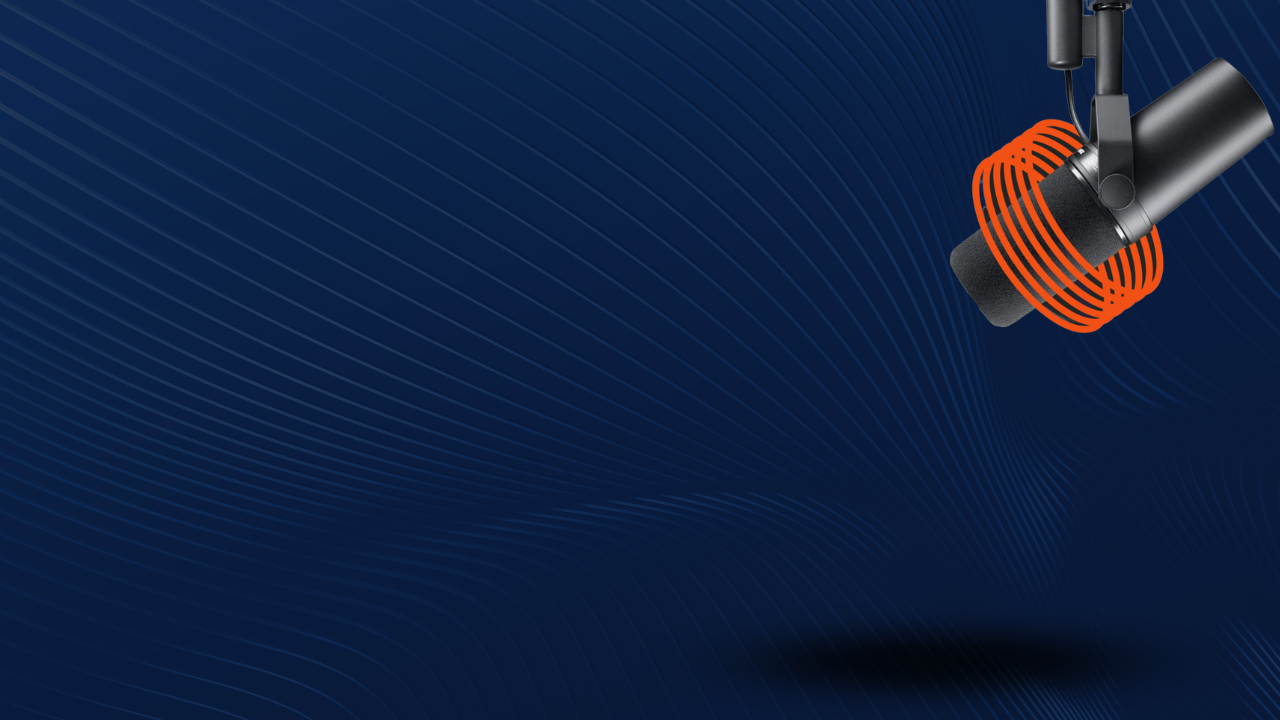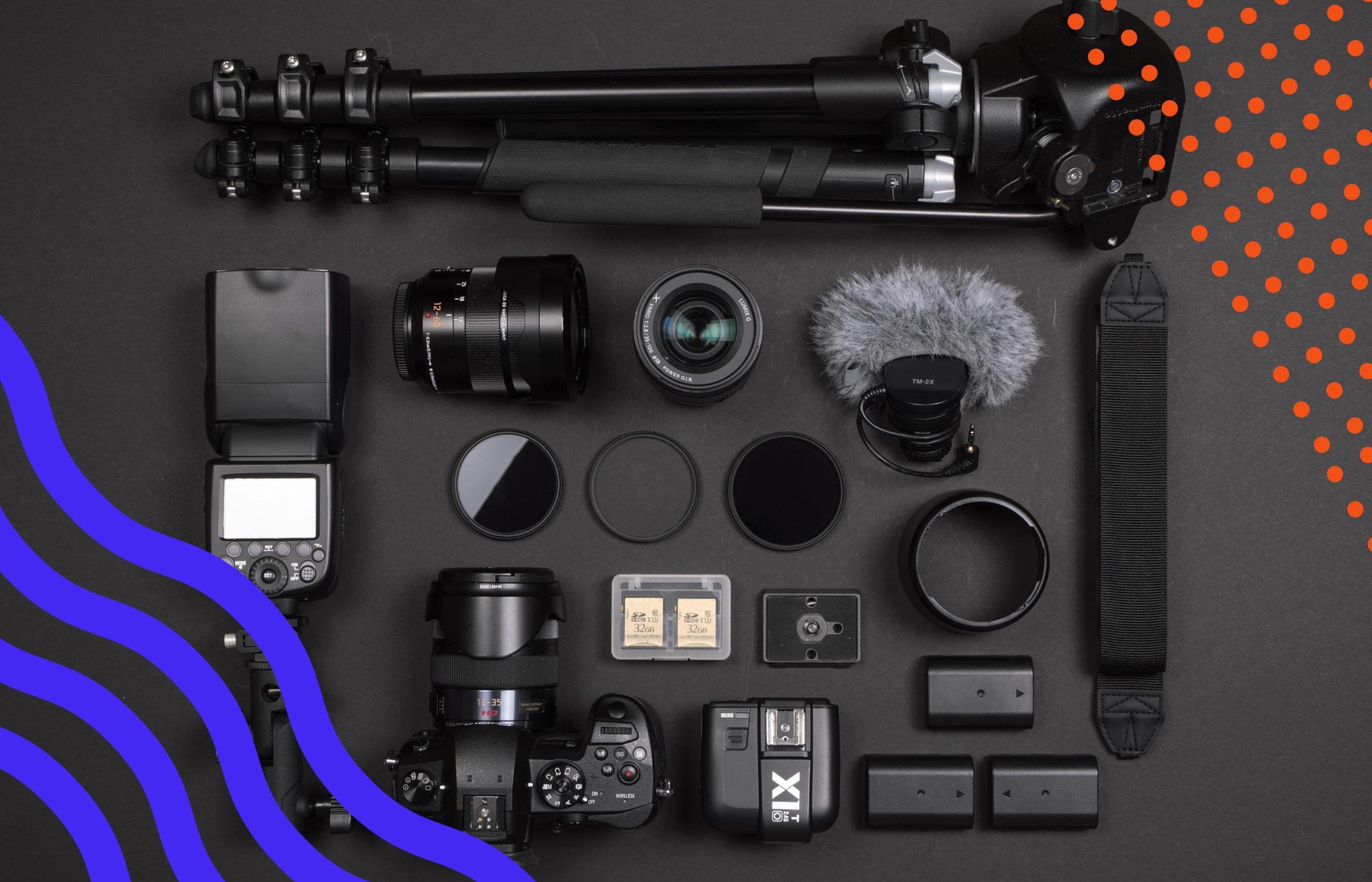Here’s a thing I’ve been noodling on since the release of our last study, The Advertising Landscape Part Three, which added some detail on the actions people take after seeing or hearing ads. For this report, we focused purely on what we call Podcast Primes, who are persons 18+ who consume podcasts nearly every day and consider them one of their top media choices.
That is an important context for the results of this particular report, because of course the deck is going to be loaded here in favor of podcasting. But never forget: no human is monolithic in their media consumption. Even Podcast Primes scroll through multiple social media platforms, watch streaming TV and YouTube, and even play mobile games. So while we can consider Podcast Primes to be “fans” of podcasting, it’s far too simplistic to consider them *only* fans of podcasting (or Podcasting Only Fans, which I won’t touch here in this article. Apologies.)
One section of the report looked at six different post-exposure actions, running the gamut from “visited to the brand’s website” to “made an immediate purchase.” For all six, Podcast Primes indicated that listening or seeing the ad on a podcast was the most likely driver, but by no means the only driver. In fact, the highest score for podcasting was “wrote down a promo code,” which makes enormous sense in the context of a medium that remains predominately audio-driven.
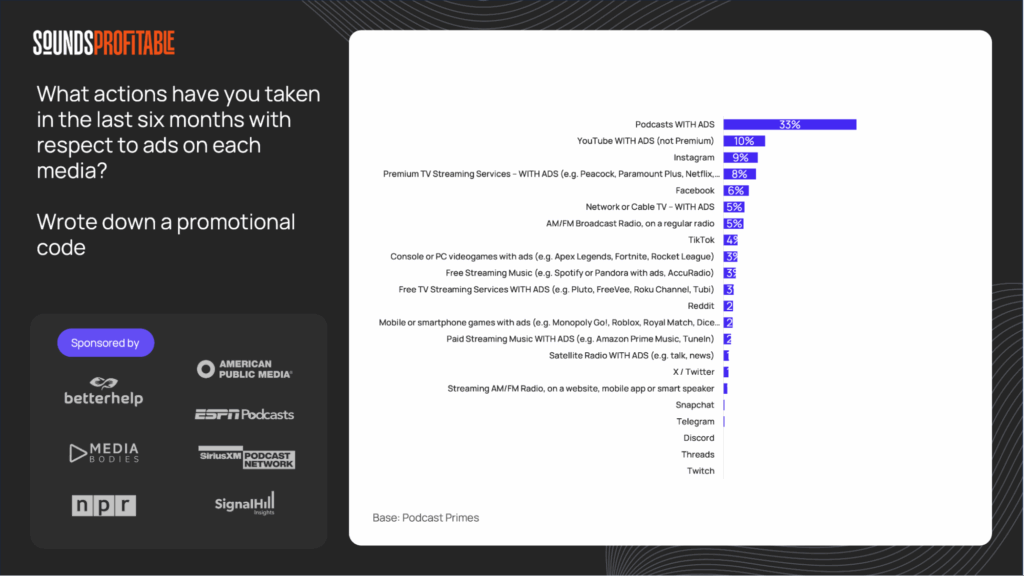
By comparison, the lowest score for podcasts was for “took a screenshot or picture,” which again makes sense for a medium that is mainly consumed via audio, but of course, almost always with an accompanying screen.
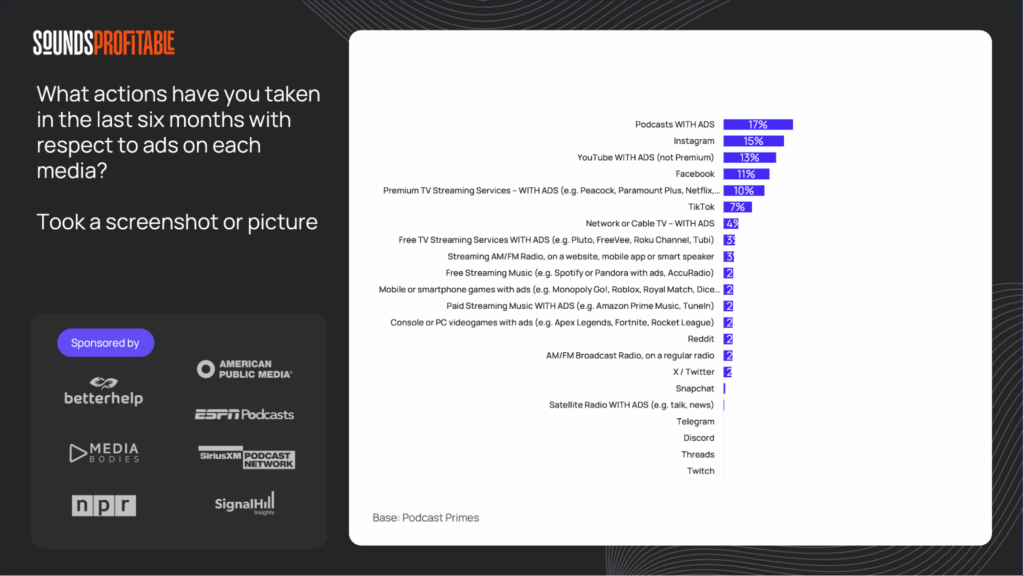
Now, here is what I found most interesting about these series of questions. For many of them, Instagram was a strong second, and in most cases significantly more likely to be cited than Facebook, which has a higher reach nationally but not necessarily with Podcast Primes. YouTube is also generally hanging around the top three, but certainly the lines have blurred sufficiently there that we aren’t necessarily talking about a wildly different phenomenon.
The strength of Instagram in these graphs got me thinking. The obvious thing to conclude here, without even going into cause and effect, is that an Instagram ad buy and a podcast ad buy would sit very nicely together, like wine and cheese, or cheese and crackers, or cheese and cheese. Cheese makes everything better. But why is this so?
I think a possible answer is found in the previous iteration of our Advertising Landscape series, Part Two: Attention and Trust. In that study, the data clearly shows that one of the biggest drivers for the effectiveness of podcast ads is the trust the audience has in the veracity of the content and the authenticity of the hosts. In fact, those attributes were all significantly higher for podcasting than for any social media platforms. Facebook, in particular, was seen as relatively untrustworthy as an advertising “messenger”.
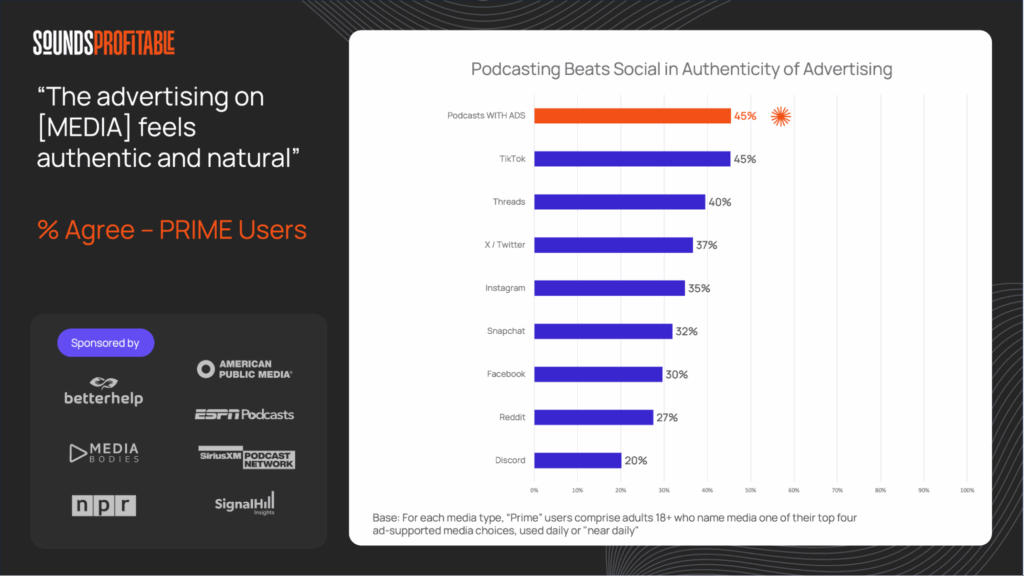
The clear driver for the authentic feel of the ads on podcasts compared to social media is the trust that consumers have in the people delivering those messages (and that doesn’t exclusively or explicitly mean “hosts,” though that is a major component).
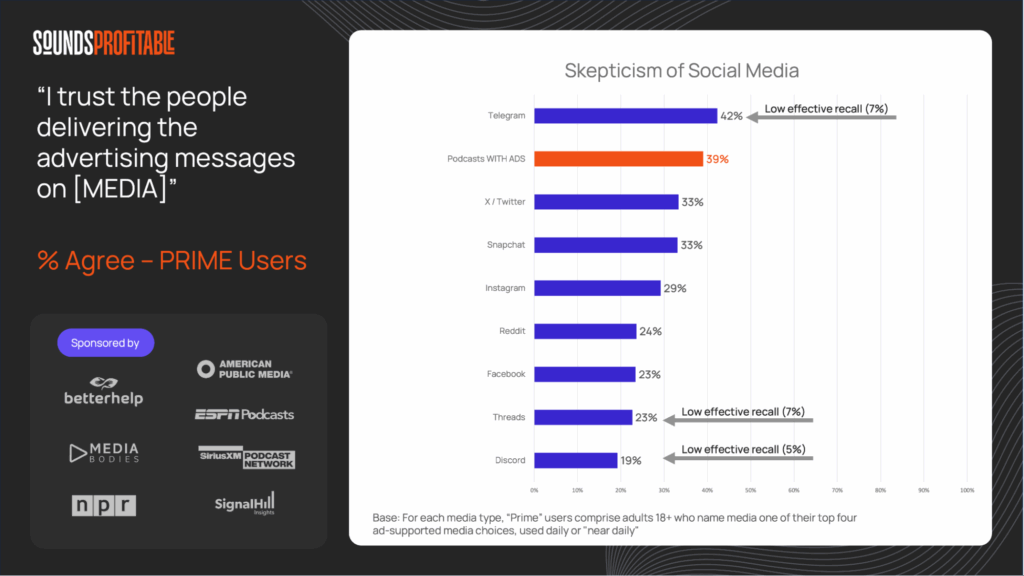
So what is going on here? If people generally trust social media less than podcasting for advertising claims, and Podcast Primes tell us that Instagram is a strong second as a contributor for a variety of post-exposure actions, I think we can go further than simply saying “it’s good to have both,” and maybe speculate that they are playing different, supporting roles here. Instagram is all about grabbing attention, particularly in brief, “microvacations” multiple times throughout the day. Podcasting, on the other hand, is a significantly more lean-forward medium. It doesn’t seek to “grab” our attention; we willingly grant it for 30 or 60 minutes at a time. Listening to a podcast for an hour seems like a worthy investment in our mental health and growth, while scrolling Instagram for an hour seems…well, less so, at least as a social norm.
I suspect that social and podcasts play a symbiotic role here, and one that often happens in sequence. Social media marketers often talk about the importance of “social proof”: the number of likes, shares, and comments that a social post garners as a measure of engagement. These are likely more measures of pure reach than engagement these days, as organic reach on social media ain’t what it used to be, but it certainly means something when a social post attracts these proxy metrics for attention.
When a consumer then encounters a brand they heard about in social media in a longer exposure via a podcast, I think they then experience what I would call Parasocial Proof. If you’ve ever loved someone that literally doesn’t even know you exist, you’ve had a parasocial relationship. Celebrities are often the objects of parasocial relationships (see Swift, Taylor), as are sports teams, podcast hosts, and that girl in high school who moved to town my senior year and wouldn’t give me the time of day WELL LOOK AT ME NOW KATE. It’s not the weaker proof of strangers, and not quite the word of mouth of a close friend, but it’s the proof of a brand being associated with people that the consumer wants to know, and wants to believe that they have a connection with.
One way to look at this is that the Instagram post might expose you to a brand like the facade of a building, while the podcast ad provides the scaffolding. That’s not to say that podcast ads don’t work just fine on their own – I think we have a dozen studies from Sounds Profitable alone that back that up! But we don’t live in a vacuum (we would die of hypoxia, a word I will include in my new online game, Nerdle). All exposures count, but I don’t think they count the same and they don’t all work in the same way. If you are a brand advertising on social media, adding podcasting to a campaign either at the same time or in sequence leads the consumer on a little journey from “what’s that?” to “I really need to look that one up” in an extremely complementary fashion.
More and more I am convinced that doing a “simple” regression or correlation of the relative impact of channels in a multimedia buy is just scratching the surface of what makes a great campaign. Yes, all of the channels are doing something, but they are also doing something different, and in a different sequence. As a Podcast Prime myself, it’s not hard for me to imagine that the decider between three different brands I’ve encountered in social media is the one I heard more about on my favorite podcast.
Now go have some cheese. Back next week with more on this topic!
New Partners
Sounds Profitable exists thanks to the continued support of our amazing partners. Monthly consulting, free tickets to our quarterly events, partner-only webinars, and access to our 1,800+ person slack channel are all benefits of partnering Sounds Profitable.
- Supertab makes micropayments seamless — combining small payments into larger transactions and driving more users to become subscribers.
Want to learn more about partnership? Hit reply or send us an email!




